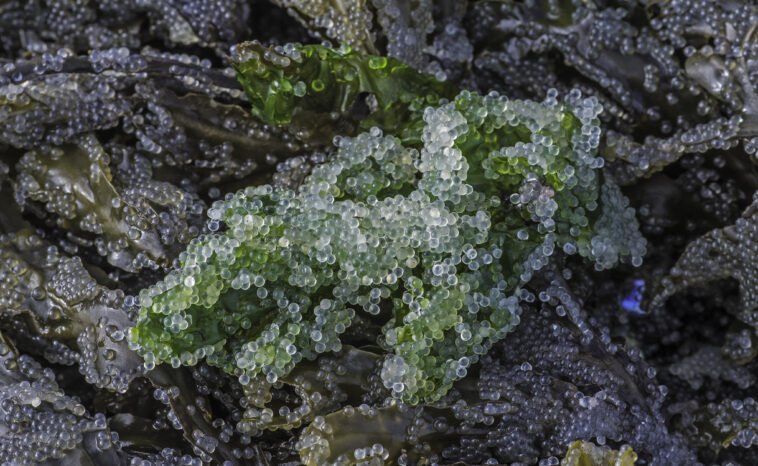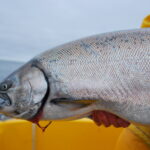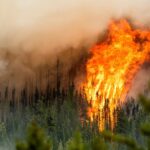For thousands of years, the Kitasoo Xai’xais First Nation has been pulling hemlock branches full of herring roe from their low-tide seas for sustenance. This small community based in Klemtu off the Central Coast continues its sustainable herring roe harvest while the commercial harvest in B.C. has almost collapsed.
Herring used to be in abundance on B.C.’s coast, but the past few years have been hard on populations.
Monitoring organizations have declared stocks as “collapsing” due to “decades of overfishing and mismanagement,” resulting in Fisheries and Oceans Canada closing numerous herring fisheries.
The Kitasu Bay herring roe fishery’s sustainability is what makes it so unique.
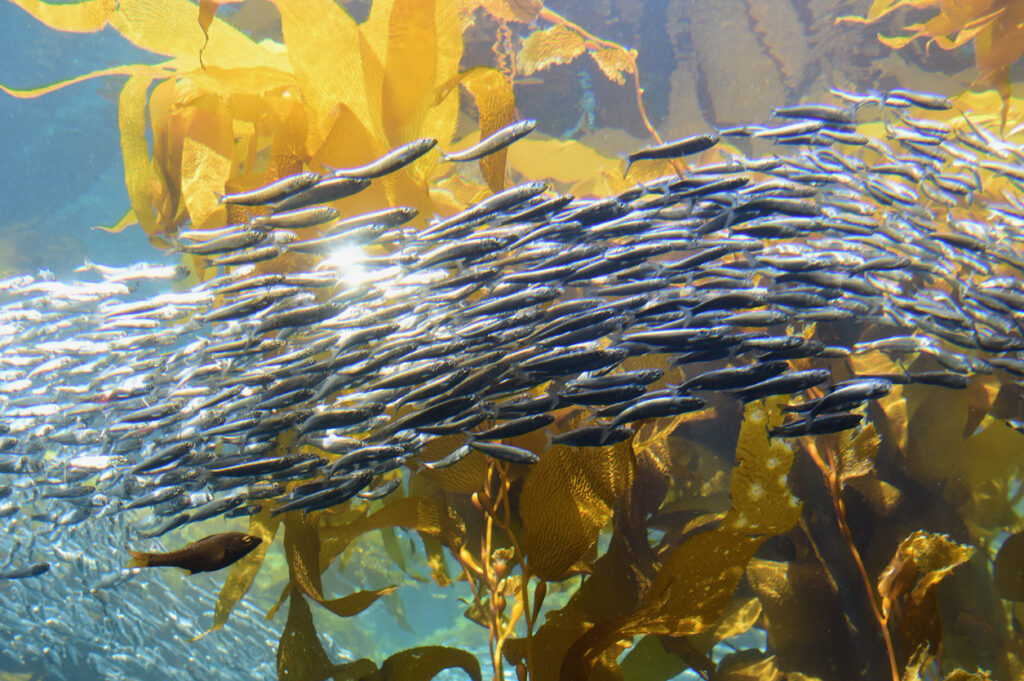
This new article in The Tyee shares photos from this spring’s harvest and highlights the significance of the nation’s sustainable practices. Unlike commercial fisheries, which take both the eggs and fish, the Kitasoo Xai’xais “participate in the spawn on kelp fishery, which collects the eggs but does not kill the fish.” Their laws follow a “no noise and no blood in the water” harvesting method in order to not scare off the spawning herring.
“This is probably the most important breadbasket for the community. This is where we get all of our food, and people depend on this bay to sustain themselves and their families.”
Doug Neasloss
Importantly, to ensure the survival of their herring population, the Nation banned all commercial fishing in Kitasu Bay and declared the territory a marine protected area under Indigenous Law.
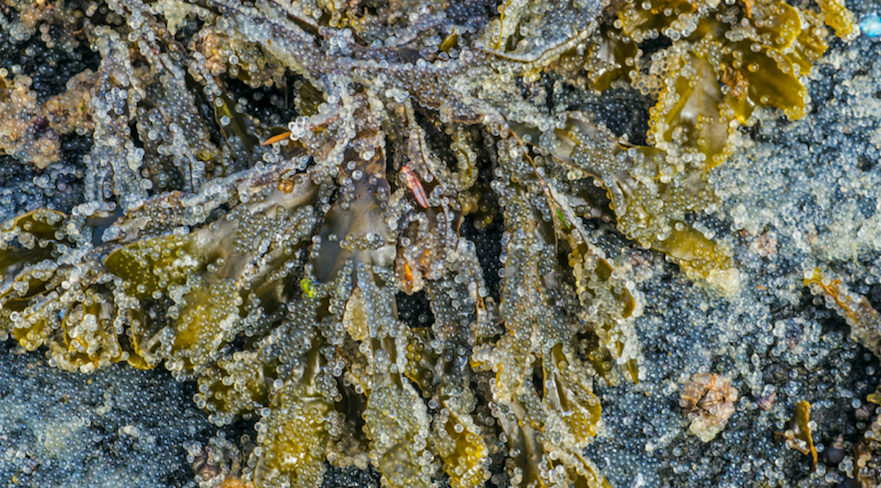
Last fall, West Coast Now spent time with Chief Doug Nealoss of the Kitasoo Xai’xais Nation and got a tour of its thriving marine protected area.
“This is probably the most important breadbasket for the community. This is where we get all of our food, and people depend on this bay to sustain themselves and their families,” Neasloss told us.
“Our people have a saying: If you take care of the land, the land will take care of you. And that’s something that’s ingrained in all of our work that we do.”
Doug Neasloss
“We think of protected areas as benefiting everybody: commercial fishermen and recreational fishermen, First Nations’ food fishermen, and the conservation of different species. And so we think it’s going to be a win-win for everyone,” he added.
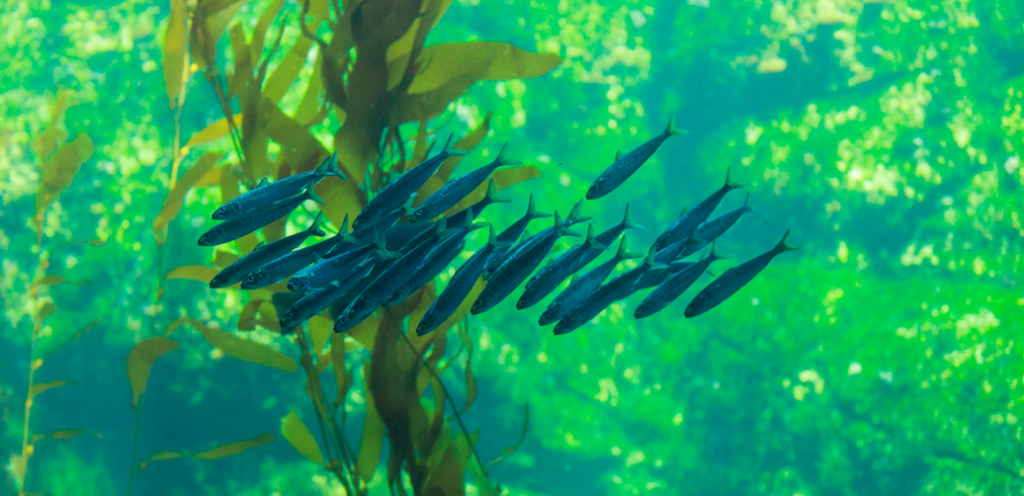
This unique management plan “combines the experience, knowledge, research and monitoring of their ancestors, 20 years of modern land and marine management planning, laws and stewardship practices passed down through their stories, songs, names and practices” and is “guided by legal principles which they have followed for thousands of years” the Tyee article states.
The Kitasoo Xai’xias manage and defend their land through their Coastal Guardian Watchman program. Kitasoo Xai’xias Guardians have the same authority as Park Rangers as part of a historic memorandum of understanding with the B.C. government announced last year.
“Our people have a saying: If you take care of the land, the land will take care of you. And that’s something that’s ingrained in all of our work that we do,” Neasloss said. Watch our exclusive video interview with him here.


